The indigenous people or aboriginal communities of the southwestern, south-central Alaska and the Russian Far East are collectively known as the Yupik People.
These people are more like Eskimos and are believed to be related to the Inupiat and Inuit peoples. Following are some categories of Yupik communities in the Alaskan regions.
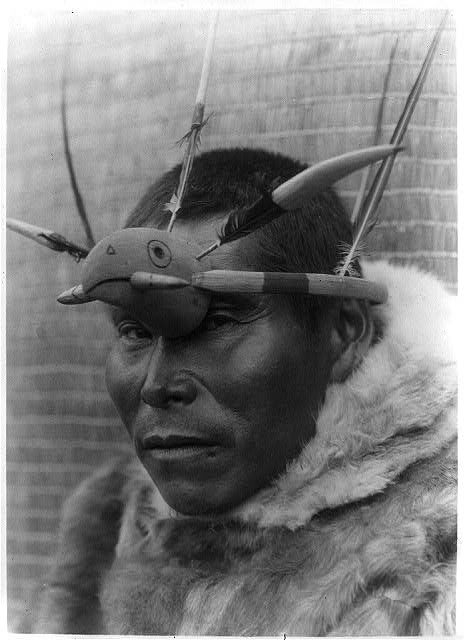
First come the Alutiiq people, who inhabit the Alaska Peninsula including coastal and island regions of south-central Alaska. Another important Yupik community, the Central Alaskan Yupik people of the Yukon-Kuskokwim Delta, live along the Kuskokwim River and also along the northern coastal region of Bristol Bay, which stretches as far east as Northern Alaskan Peninsula. Then come the Siberian aboriginal Yupik people that include Chaplino, Naukan and Sirenik, who formed their communities in the Russian Far East and St. Lawrence Island of western Alaska.

Archaeologists share a consensus that the shared ancestors of the Aleut and Eskimo aboriginals had their origins in the eastern Siberia who had arrived in the Bering Sea area some time around 10,000 years ago. An extended test on the DNA and blood samples have revealed that the ancestors of the American Indians reached the North American region way before the ancestors of Aleut and Eskimo people.
These findings are further strengthened by other linguistic and cultural analysis carried out on local aboriginals and Native Americans. Researchers had revealed that Bering Land Bridge highly contributed towards the mass migration from Siberia into the Americas taking place in various waves and over extended periods of times. The Bering Land Bridge is not visible now but was exposed as a result of glaciation and served as a common migration route for a number of aboriginals from various Siberian regions towards the Americas, roughly 8,000 years ago.
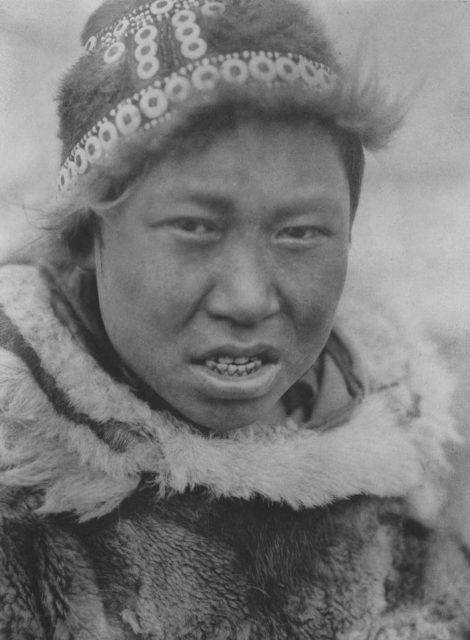
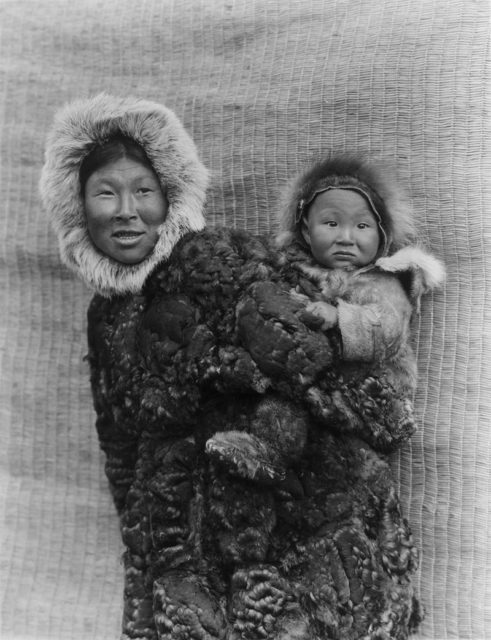

The women’s house of the Yupik people, known simply as the Ena, served as learning complexes for their communities. These houses were traditionally right next to the main houses and were sometimes connected through small tunnels. Experienced women took in many girls as ‘apprentices’, and would teach them various daily routines and skills including tanning hides, sewing, processing and cooking fish and game and also to weave. Boys, however, lived with their mothers during the early years of their lives up to the age of five or six where they would then be transferred to live in houses called Qasgiq, communal houses for men. However, there was something special about the training techniques of the Yupik people: every winter for a period of two months, young girls and boys would switch places in their houses.
During this period, young men would be taught sewing and cooking by the women, whereas girls would learn hunting and other survival skills. There was a tradition amongst the communities to spend spring and summer at the fish camp, whereas during winter they would live amongst the others in the village sites.
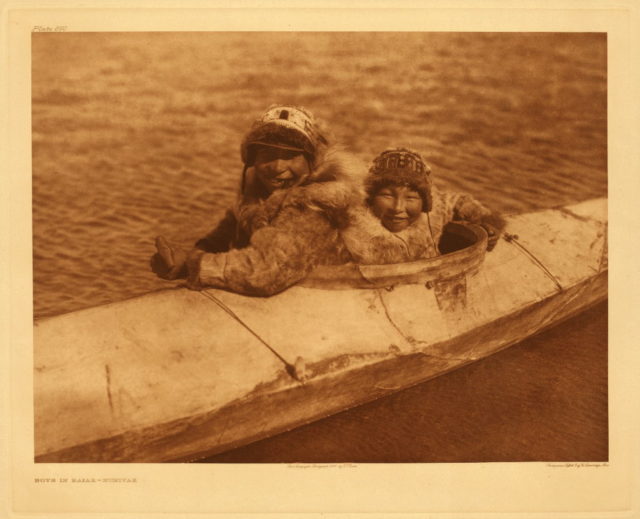
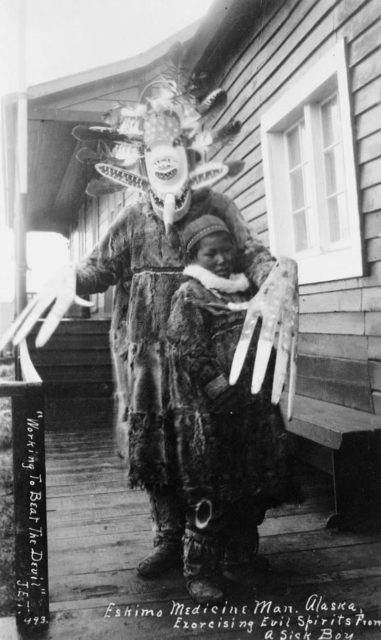
Some of the traditions have successfully seeped down through history and the descendants of the Yupik still harvest the same traditional subsistence resources such as seal and Pacific salmon. The Qasgiq also served the communal centers for various festivities and ceremonies (both of loss and success) including traditional dancing, singing and storytelling to strengthen community bonds and teach the young ones the ways of the Yupik peoples.
The Qasgiq were mainly in use during the winter months for all the ceremonies, since the entire spring and summer would be spent in search of food sources in the other favorable regions that promised ample food and other provisions to be used during the hard winters. It is safe to say that these communal houses or Qasgiqs were the training academies for the aboriginals who taught their young men the critical hunting and survival skills, which they then passed on to the next generation, and the tradition went on for a long time.
